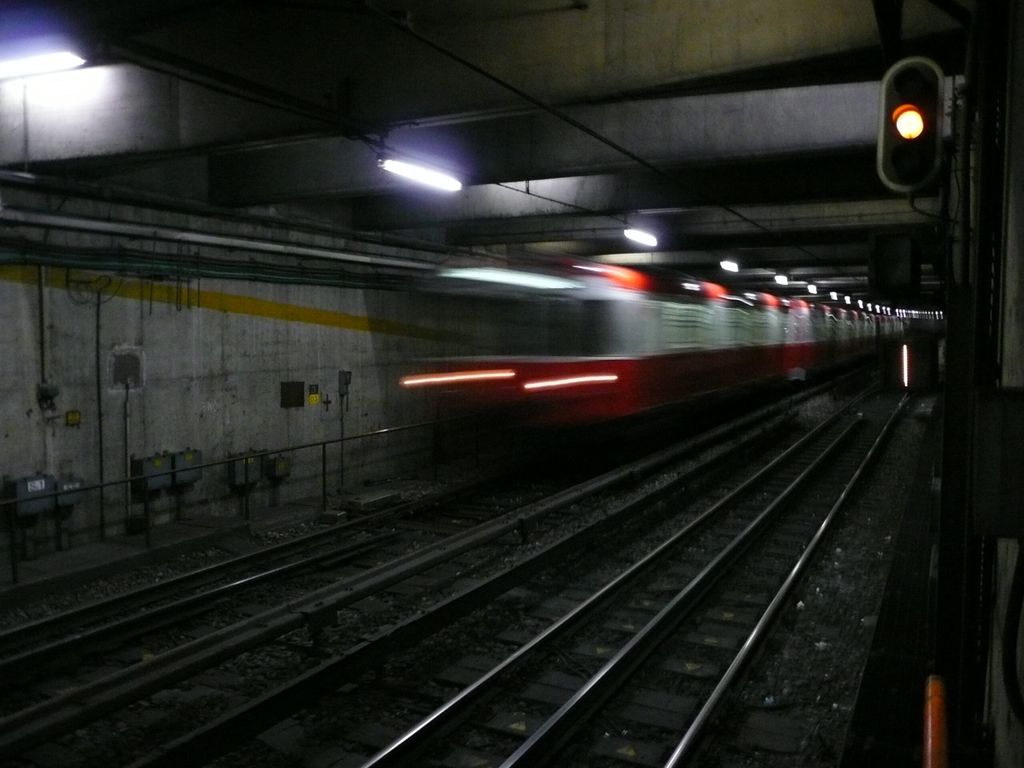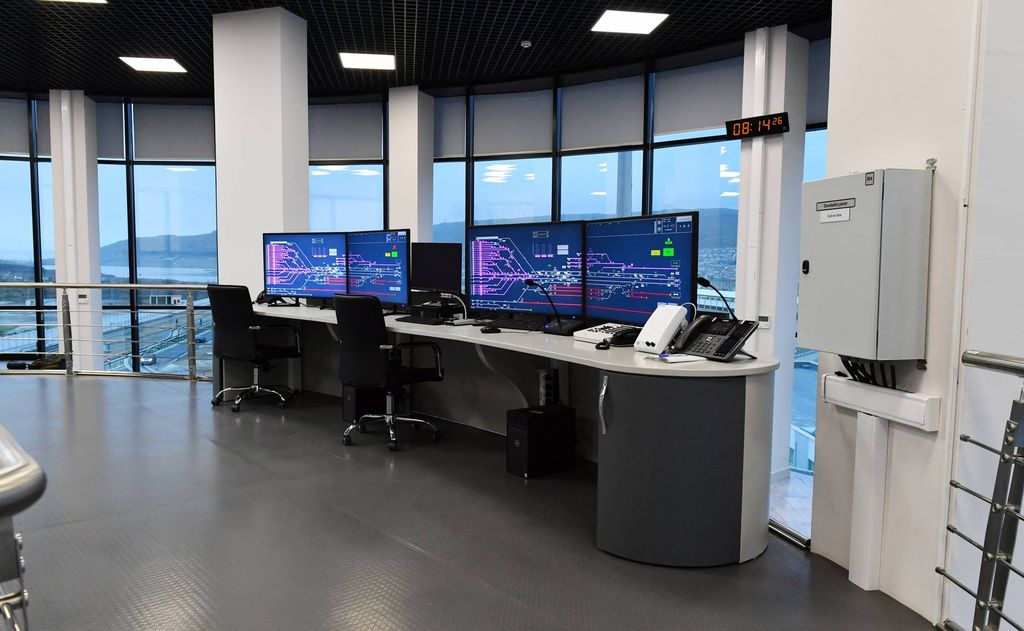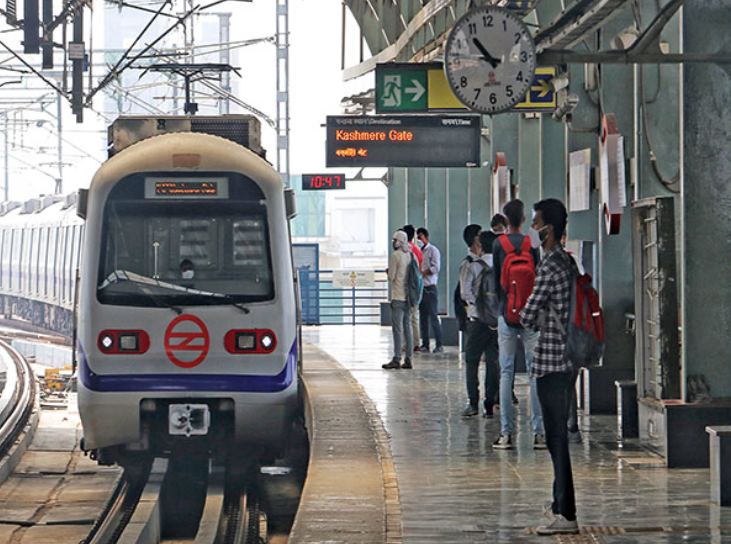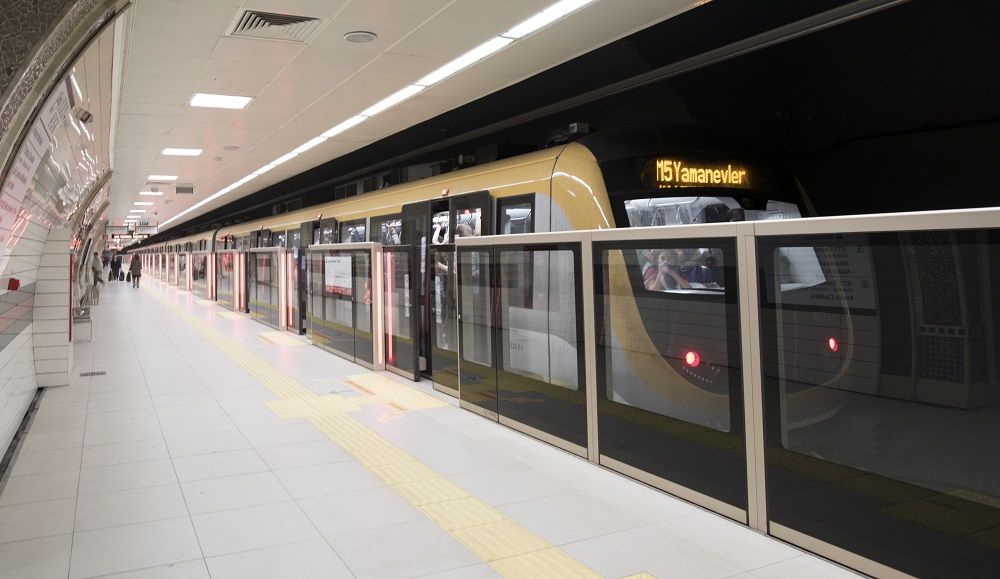
A detailed picture of metro evolution: UITP releases its global metro statistics 2021
A comprehensive overview of global metro data..
Metros are crucial assets for efficient, sustainable mobility in cities worldwide. They provide communities with access to vital services and connections.
In monitoring the global development of metro, UITP has collected data on a series of key indicators including ridership, number of lines, stations and fleet size.
Since our last World Metro Figures in 2018, 14 cities new cities have opened a metro system, taking the total to 193 cites.
At the time of gathering this data in 2020, global ridership fell by 40% as a result of COVID-19. This ranged from 32% in Asia-Pacific to 63% in North America. While many networks have since recovered a substantial part of the drop in passenger numbers, few have reached 2019 levels.
…consolidated into a Statistics Brief
With all this rich data, we have put some of the key highlights into a Statistics Brief, World metro figures 2021, showing the latest data collection from the year.
The Statistics Brief offers a glimpse at the changing times, how metros are developing worldwide, especially as citizens are demanding more and more for safe, efficient and sustainable alternatives to private cars.
While this is by no means a race, and we are happy to see metros advancing in all regions of the world, the pace of development has been particularly impressive in the Asia-Pacific region. Year after year, mega-cities in the region top all the charts! Impressively, seven Asia-Pacific cities are in the top 10 longest metro networks: Since 2018, Chengdu joined the top 10 and jumped straight to fourth place, Guangzhou climbed two positions to number 5 while Shenzhen went up three positions to number seven.
Metros are a unique urban transport mode thanks to their capacity to move unparalleled numbers of travellers efficiently across transport corridors and networks. UITP provides a detailed picture of the evolution of metros in terms of infrastructure, fleet and ridership – across all regions and throughout an eight-year period. The data shows a sustained development of metro infrastructure, notably in fast-growing cities which face major challenges for mobility and quality of life and also have a role to play in climate change mitigation.
- 3,300km
of new infrastructure was put in revenue service between 2018 and 2020
- Prague, Czech Republic
The city with the most trips per resident in 2019 (one trip per day!)
- 190 million
Passengers evey day in 2019
Learn from the world leaders in Singapore
Despite the challenges that the sector has faced since COVID-19, metros continue to play a crucial role in making cities livable and sustainable.
Learn how it is truly done by the world-leading region at the LTA-UITP Singapore International Transport Congress and Exhibition (SITCE) from 2-4 November in Singapore. With a very relevant theme, ‘Heartbeat of mobility – Towards sustainable, resilient and seamless public transport’, the event will bring together mobility planners, operators, services providers, innovators and researchers to shape the future of the urban mobility landscape!
Check out the Statistics Brief
Updating the media on the latest metro stats with our official press release










